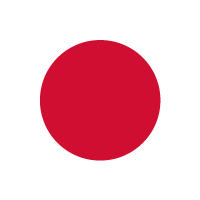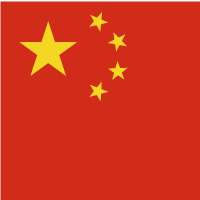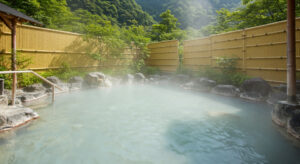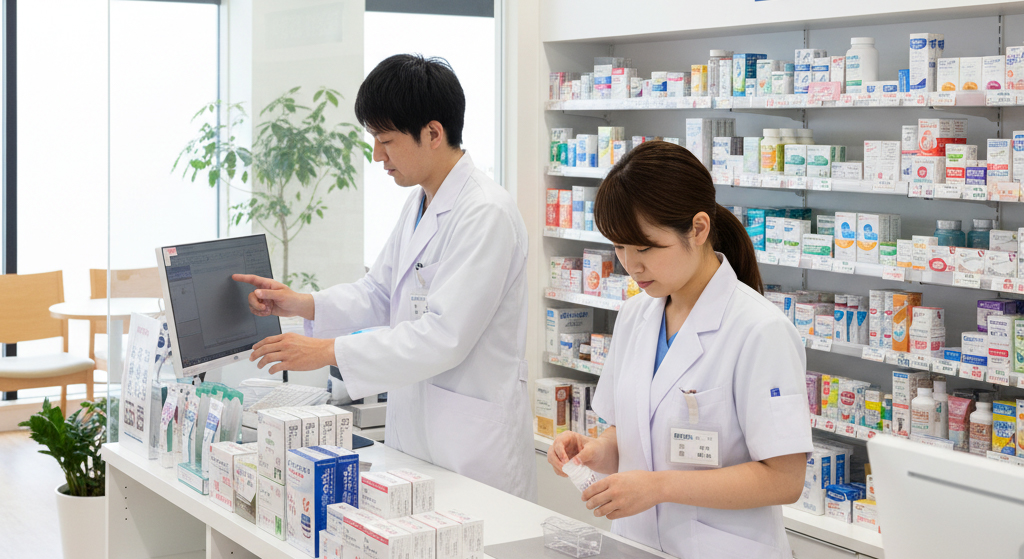

Have you ever caught a cold while traveling abroad and wondered, “Which medicine should I buy?” Japan’s drugstores are convenient, but the kanji labels and unfamiliar rules can be confusing for visitors.
This guide explains what to do first when you get sick in Japan, what types of over-the-counter medicine are available, and how to choose products with English labels confidently.
First Steps When You Catch a Cold During Your Trip to Japan
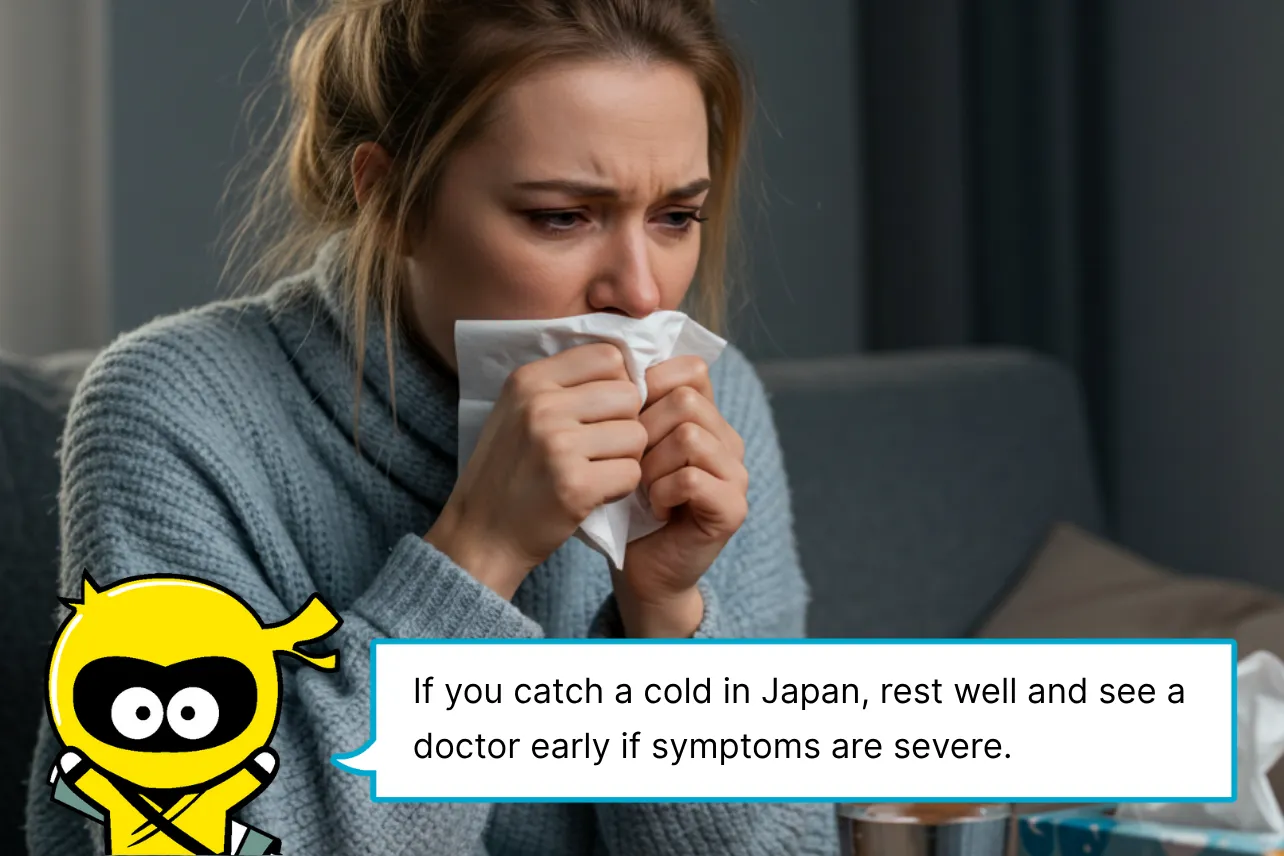

Feeling ill on vacation can be stressful. The most important thing is to rest at your hotel and avoid pushing yourself. For a mild fever, you can buy medicine at a local pharmacy, but if your temperature exceeds 39 °C or you have a severe cough, visit a clinic. A medical consultation without travel insurance usually costs between ¥3,000 and ¥10,000.
Acting quickly helps you recover faster. Rather than forcing sightseeing, focus on rest—your health comes first.
Types of Cold Medicine Sold in Japanese Drugstores
Pharmacies in Japan offer many options: multi-symptom cold remedies, pain relievers, and throat-soothing tablets. Combination medicines treat fever, runny nose, and cough all at once, while painkillers target headaches and high fever specifically. Prices range from ¥800 to ¥2,000 per box.
Some travelers report feeling drowsy after taking certain products. Always check the ingredients before purchase. If you plan to continue sightseeing, ask for a “non-drowsy” type. When English is not understood, show symptoms using a translation app—the pharmacist will recommend the right medicine.
How to Choose Cold Medicine with English Labels in Japan
Many Japanese OTC medicines include English on the package such as “for cold” or “fever relief,” making it easier to understand usage and dosage. Typical prices start around ¥1,000, depending on the brand.
However, not every product has English instructions. When unsure, consult the pharmacist to find the safest and most suitable option for your symptoms.
Over-the-Counter Cold Medicine for Travelers – No Prescription Needed
Japan allows foreigners to buy many cold remedies without a prescription. General cold tablets, painkillers, and throat medicines are sold as OTC drugs and usually cost ¥1,000 to ¥2,000. It’s a quick and easy solution when you don’t have time for a doctor visit.
Always select medicine that matches your symptoms and ask a pharmacist if you’re unsure. Note that certain products aren’t suitable for children or seniors, so check carefully before use.
Useful English and Japanese Phrases for Buying Medicine
Many travelers worry about the language barrier at Japanese pharmacies. With Japan welcoming more tourists, basic phrases like “Do you have medicine for a cold?” or “I have a sore throat.” are widely understood. In Japanese, you can say “Kaze-gusuri o kudasai” (Please give me cold medicine) or “Netsu ni kiku kusuri wa arimasu ka?” (Do you have something for fever?).
Pharmacists in major cities often speak simple English, so don’t hesitate to ask—they’re used to helping foreign visitors.
Recommended Travel Medicines – Non-Drowsy and Kids-Safe Options
Japanese drugstores carry purpose-specific medicines such as children’s syrups and non-drowsy formulas. Kids’ syrups taste sweet and help reduce fever and cough. Non-drowsy tablets are ideal for travelers who wish to keep sightseeing without fatigue. Prices are around ¥1,000 for kids’ medicine and ¥1,500–¥2,000 for adult versions.
Dosage for children varies by age and weight, and even adult medicine may cause mild drowsiness. Preparing a small list of reliable medicines before your trip ensures peace of mind.
You might be interested in this
Age Restrictions and Regulations on Buying Medicine in Japan
Most OTC cold medicines can be purchased freely, but some have age limits. Certain products cannot be taken by anyone under 15, and child syrups include precise dosing by age and weight. Prices for children’s medicine range from ¥800 to ¥1,500. Pharmacists may explain usage rules to prevent misuse.
Always read the label carefully. Some stronger medicines require ID such as a passport. Knowing these rules helps you buy recommended products safely and legally.
Payment Options and Average Prices at Japanese Pharmacies
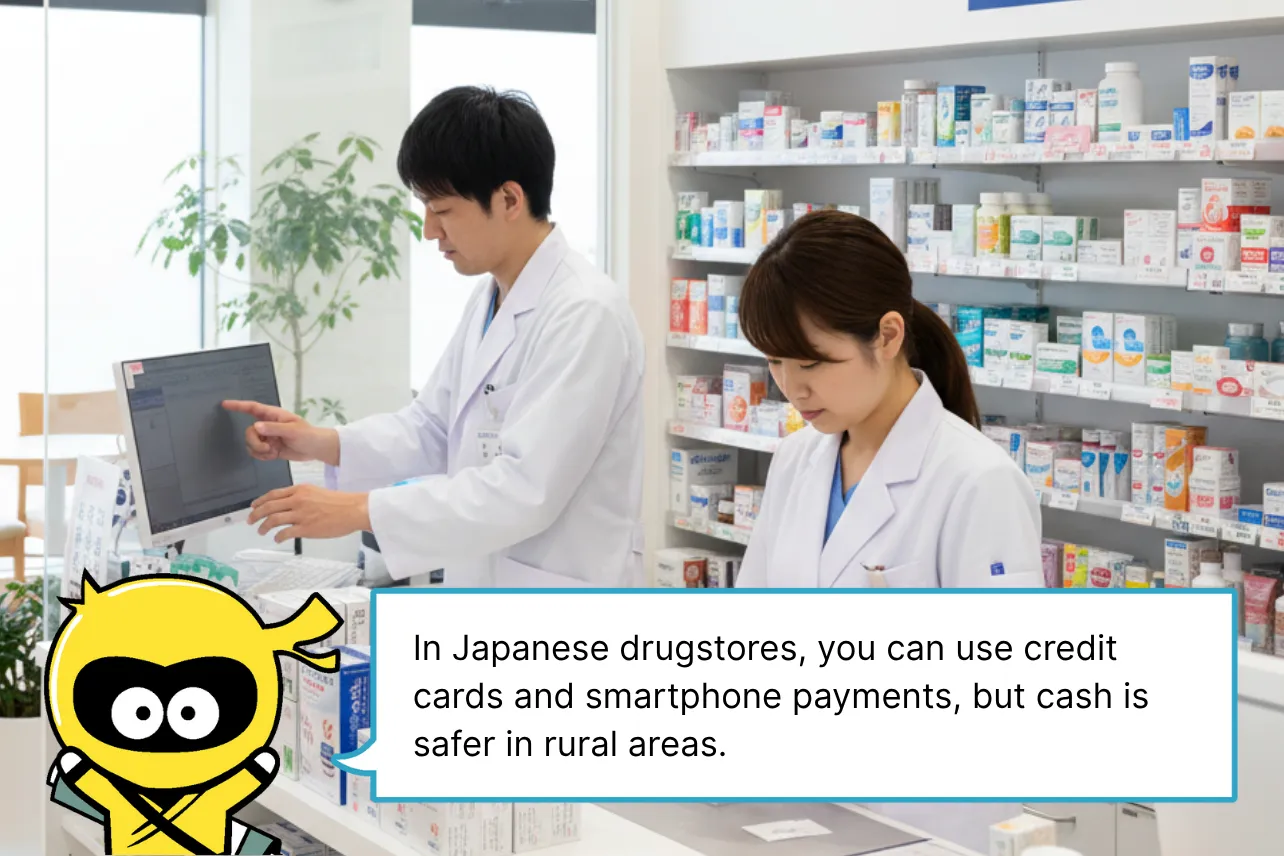

Most stores accept cash, credit cards, or e-payment apps like Suica and PayPay. However, small rural shops may still be cash-only. Typical cold medicine costs ¥800 to ¥2,000 per box.
Keep a small amount of cash on hand for convenience. Understanding payment methods in advance makes budgeting easier and ensures smooth purchases during your trip.
When to Visit a Hospital or Emergency Clinic in Japan
For antibiotics or stronger medicine unavailable at drugstores, you’ll need to visit a hospital or emergency clinic. Foreign travelers can be seen by showing a passport. Without insurance, expect to pay ¥3,000 to ¥10,000 for a consultation. Nighttime or holiday visits often include extra fees.
Ask your hotel front desk or a tourist information center to recommend nearby hospitals. Researching English-speaking facilities beforehand will save time and stress in an emergency.
Conclusion – Stay Healthy and Travel with Confidence
Knowing how to buy cold medicine, read English labels, understand costs, and follow local rules lets travelers handle illness safely in Japan. These insights not only reduce stress but also deepen your understanding of Japanese culture and daily life. For more useful tips, see our guides on *Hospital Visits in Japan* and *Onsen Etiquette* for a safe, enjoyable trip.

